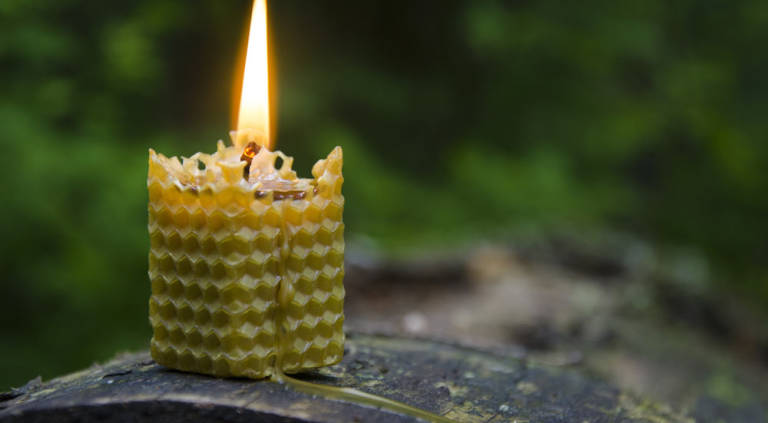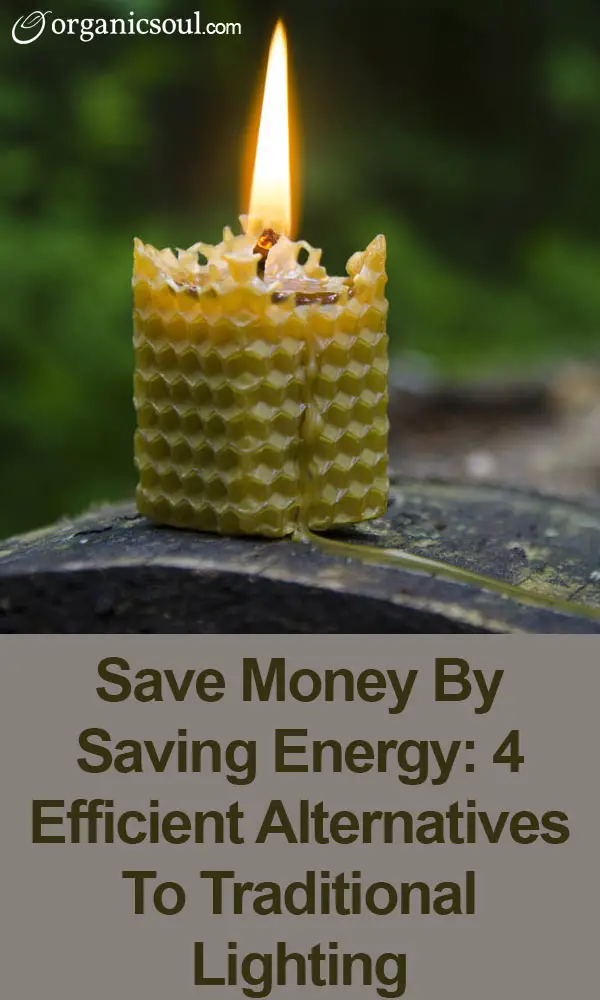
In 2008, US residents consumed about 11,040 kWh per household, and over a quarter of that came from lighting. People often have dozens of small lights throughout their houses – lamps, table lights, and perhaps the occasional ‘Clap-on’. With lighting only being passed by heating as the largest energy expense, if you are looking to cut back consumption, this is a good place to start.
Like Organic Soul on Facebook
There are a number of alternatives to lighting, including both the electrical system it is on and the source of the light itself. Through a comprehensive use of these alternatives, each home in America can seriously cut back on energy consumption for lights, possibly leading to a much smaller annual electric bill.
Alternative #1. DC vs AC Power
AC lighting fixtures are by-far the most common. They are found on nearly all on-grid electrical systems, unless replaced or altered. These are the fixtures you see at hardware stores, grocery stores, and even some department stores – it’s the basic lighting fixture. While these systems have low material cost, they require renewable energy generators to produce more power for the same amount of lights, making them high-energy dependent.
On the other hand, DC lighting fixtures are very efficient, being able to be powered directly from the battery bank. A small solar panel or wind turbine can also power all your DC lighting fixtures. These fixtures are sometimes harder to find, but you can use your same bulbs or even energy efficient bulbs in the outlets. Largely, the major drawback to DC is material cost; it usually requires larger gauge wiring.
If you’re in a smaller home, consider using all DC power. You’ll be able to rewire everything with relative ease. However, if you’re in a larger home, you may consider using a combination of both AC and DC lighting systems.
Alternative #2. Water Bottles
Hopefully, you’ve been taken aback by the name for this alternative, but it’s true: water bottles, two-liter to be exact. In recent years, a engineer during a black out in Brazil discovered he could capture light from the outside in 2-liter water bottle patched through his roof. He filled the bottles with clean water, two lids of bleach, and then covered the top with a reused film container. On average, these bottles produced as much light as a 50-watt incandescent bulb but with no electricity. You can even use recycled containers!
While this may not be the first choice for in-home lighting, consider it for your garage or outdoor patio. If you’re interested in seeing the video, visit GreenUpdater.
Alternative #3. Use Different Bulbs
We’ve all heard the pros and cons of CFL bulbs – they are more energy efficient than their traditional cousins, but contain trace amount of mercury, making it essential that they are disposed of properly. LEDs, on a similar note, often cost more to manufacture and aren’t very pleasing to the eye. Well, good news everyone – a new alternative has been found: ESL, or electro-stimulated luminescence.
ESL bulbs do not have the trace mercury, nor do they require the same manufacturing as LEDs. They cost about the same as dimmable CFLs (the traditional lights), making them an alternative worthwhile of attention.
Alternative #4. Non-Electric Alternatives
Always consider natural lighting when you’re looking to cut power. Whenever possible, open your windows and let in the sun. This is, by far, the most environmentally conscious way of lighting (and warming) your home.
When the sun isn’t out, consider getting back to your roots and using candles. Quality candles like Beeswax Candles don’t smoke, they smell great, and they are aesthetically pleasing to a room, adding a particular level of sophistication one may say. Consider using a combination of both sun, candles, and efficient bulbs to keep down costs. Over average, you could be saving a few hundred dollars a year, and with that extra saving, you could purchase a solar panel to get that energy needle moving backward!















